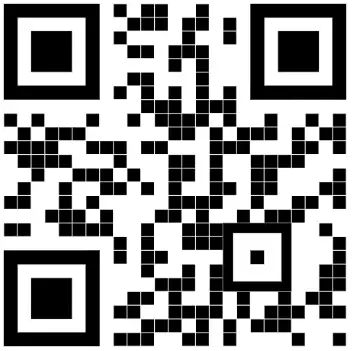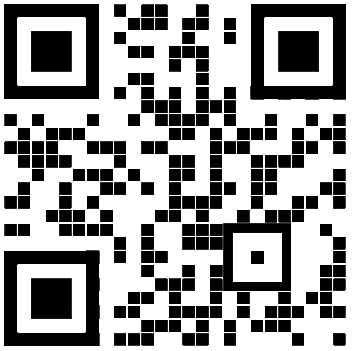QR code colours
QR codes are a versatile technology that can be created in a variety of colors to make them more visually appealing and to grab the attention of consumers. Coloring options include custom colors, dynamic colors and transparent backgrounds. These options allow businesses and individuals to get creative with their QR code design and make them stand out and memorable.
Here are some examples of QR code coloring options:
Black and white: QR codes are typically black and white, with the black modules representing the encoded data and the white modules representing the background. However, QR codes can also be created in a variety of colors to make them more visually appealing and to grab the attention of consumers.

Custom colored QR codes: These codes are created by adding a color overlay to the standard black and white QR code. The color overlay can be used to create codes that match a company's branding or to make the code stand out in a specific environment. It is important to keep the background light and the actual code dark to keep the QR code scannable.

Gradient QR code colors: These codes are created by adding a changin color overlay to the standard black and white QR code. The color can be for example blue in one side and red in the other side of the QR code. This option is used by some marketing professionals, who find it important to match the surounding colour scheme of the environment.

Transparent QR codes: These codes are created by adding a transparent background to the standard black and white QR code. This makes the code blend in with the environment. At Ozeki we do not recomment this option, because it makes the QR code more difficult to spot and harder to scan.

It's important to note that while these custom colored QR codes can be visually appealing, they can also make the code more difficult to scan. The color overlay can interfere with the scanning of the QR code, especially if the scanner is not able to recognize the specific color or if the color contrast is not high enough. Therefore, it's important to choose a QR code color that is visually appealing but also easy to scan.
At Ozeki we recommend you to use the standard black and white QR code as it works the best. Users recognize it and scan it with more confidence, and the scanner software can detect it better.
Overall, QR codes are typically black and white, but they can also be created in a variety of colors. These custom colors can be used to make the code more visually appealing and to grab the attention of consumers, but it's important to ensure that the code remains easy to scan.
More information

 Sign in
Sign in